The Investor’s Guide to Active Asset Allocation: Using Technical Analysis and ETFs to Trade the Markets
$17.31
| Author(s) | |
|---|---|
| Pages |
384 |
| Format |
|
| Publication Year |
2006 |
The Investor’s Guide to Active Asset Allocation offers you the background and analytical tools required to take full advantage of the opportunities found in asset allocation, sector rotation, ETFs, and the business cycle.
Introduction:
There are three reasons why it makes sense to allocate assets. First, it is a wellknown investment principle that risk is reduced when a portfolio is diversified into several different entities. It comes down to the simple idea that if you own one stock and the company goes bankrupt, you have lost your entire portfolio.
On the other hand, if you own eight stocks and one goes bankrupt, the portfolio is hurt, but not mortally. The second justification for allocation is to take advantage of times when an asset is attractive and to avoid that same asset class when it is not. Finally, the key to successful investing is as much about dealing with yourself and remaining objective as it is about attaining knowledge.
Gradually and carefully shifting emphasis from one asset to another will really help to reduce the emotional aspect of decision making. Our seasonal approach and the framework it provides will give you the confidence of understanding where you are in the cycle and what conditions should be expected. The rotation and balancing of assets should become a much more understandable process from which it is possible to gain a high degree of confidence.
Contents:
- Some Basic Principles of Money Managements
- The Business Cycle: Nothing More than a Seasonal Calendar
- Useful Tools to Help Us Identify Trend Reversals
- Putting Things into a Long-Term Perspective
- How the Business Cycle Drives the Prices of Bonds, Stocks, and Commodities
- Say Hello to the Martin Pring’s Six Business Cycle Stages
- How to Recognize the Stages Using Models
- Identifying the Stages Using Market Action
- How the Stages Can Be Recognized Using Easy-to-Follow Indicators
- If You Can Manage the Risks, the Profits Will Take Care of Themselves
- How the 10 Market Sectors Fit into the Rotation Process
- Sector Performance through the Six Stages
- What Are Exchange Traded Funds? What Are Their Advantages?
- How to Use ETFs in the Sector Rotation Process
- ETFs and Other Vehicles as Hedges against Inflation and Deflation
- Putting It All Together: Suggested Portfolios for Each Stage in the Cycle
The Investor's Guide to Active Asset Allocation: Using Technical Analysis and ETFs to Trade the Markets By Martin J. Pring pdf
9 reviews for The Investor’s Guide to Active Asset Allocation: Using Technical Analysis and ETFs to Trade the Markets
Clear filtersOnly logged in customers who have purchased this product may leave a review.

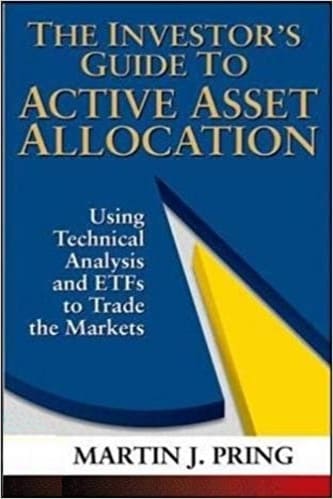
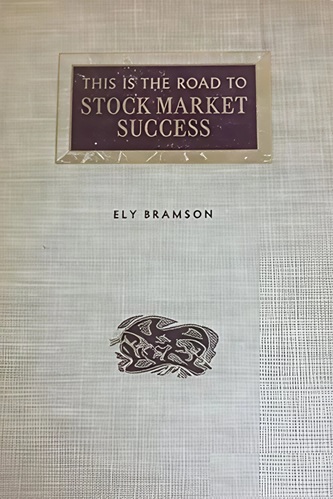

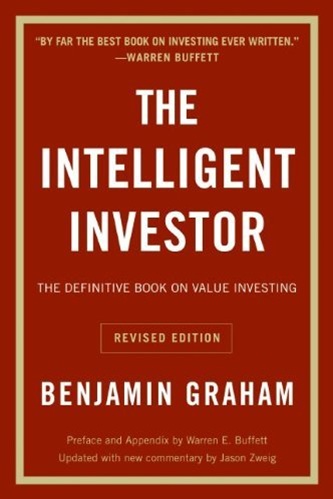
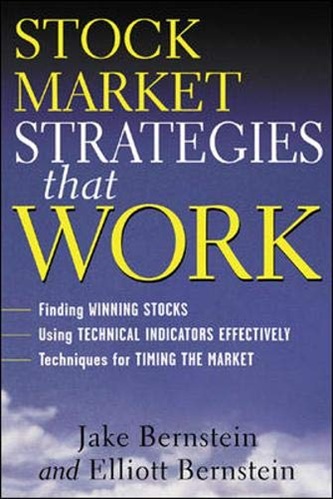


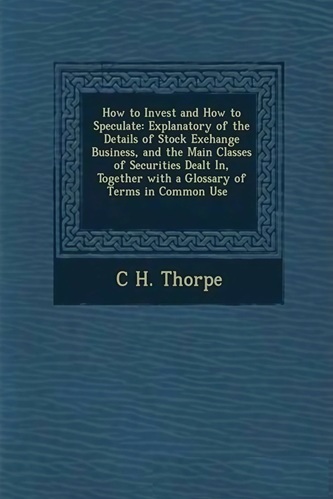
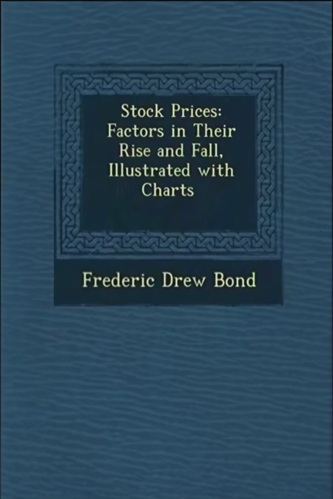
Marie Hahn (verified owner) –
Great work on asset allocation, intermarket analysis and Long Term picture. Pring did a very good job at the hight of his fame
Jennifer York (verified owner) –
The first book I read by this author, Investment Psychology Explained, was probably one of the best investment books I had read. So, when I heard that Martin Pring was coming out with this book, I naturally went to sacred traders to order it.
In a nutshell, the 370 pages of this book covers how the business cycle affects different market sectors, and how you can use ETFs to profit from it. This book starts off like more traditional investment books by talking about the benefits of diversification and the power of compounding.
From there, Mr. Pring gets right into the business cycle, and other cycles, such as the Kondratieff Cycle. The author then discusses how you can use government statistics to determine what stage of the business cycle you are in. Some of these statistics include: unemployment insurance claims, money supply, and industrial production.
Once you get deeper into the book, Martin Pring will introduce you to his business cycle barometers. He uses complex proprietary formulas derived from all sorts of government data, to help predict bond, stock, and commodity fluctuations.
Even though I think Mr. Pring’s method made sense, and I can understand the rationale behind this, what I didn’t like is that the average person could never come up with a barometer like he has. To get this barometer, you would basically have to sign up for his newsletter, and this I did not like one bit. Furthermore, I can say after 7 years of trading myself, that there are much easier ways of making money in the market than combing through vast amounts of economic statistics.
The book finished off with a discussion on ETFs, and the author gives a list of all ETFs available at the time of writing. I thought this section was good, as I have always thought that ETFs made a lot of sense, and had a lot of advantages. Nonetheless, all in all, I would not recommend this book.
Roy Pittman (verified owner) –
The book details the practice of asset allocation based on investments favorable in each of 6 phases of the business cycle. To start, Figure 1-1 seems to indicate that the greatest return comes with lowest risk. Further reading indicates that’s a misconception, but it’s still deceptive if not downright wrong. The idea of a risk-reward frontier has been better presented by Markowitz, Sharpe, and even Bogle.
I have a number of other problems with the book. There is no mention of the alternative method of re-balancing to cash in on gains and take advantage of cheap securities after a decline. Secondly, the difficulty of calculating leading and lagging indicators is glossed over. Maybe we are supposed to infer that Pring’s organization is the only one capable of the practice. Despite extensive listing of ETFs, there is little help selecting within the broad categories of bonds, stocks and commodities. The book presents neither history of results nor current status.
Worst of all, there appears to be no recognition that the current cycle is different from its predecessors. Politics now supersedes the economics of finance with artificially low interest rates forcing investors to assume risk to obtain a decent return. There is price appreciation despite reported low inflation along with currency devaluation, jobless decrease without employment increase, increasing government debt without money flow. Bond prices vary with external activity other than interest rates. Market action features ultra sensitive reaction to Federal Reserve polemics and sporadic international crises. Globalization interconnects investments more than ever before. Popular politics now favors low growth equality over productivity increase. I don’t think the business cycle is obsolete, but the indicators have fundamentally changed in nature while investment options have proliferated wildly. Volatility is the order of the day, much more so than indicated in this hard to read purported tutorial.
Greyson Gibbs (verified owner) –
Hakuna Matata = There are no problems (Simba in The Lion King).
Excellent – Merchandise arrived as described, excellent condition, prompt and well packaged, great quality, value and dependable service – I’m a happy camper: Thanks, and may the Force be with you!
Halle Lloyd (verified owner) –
If you wish to maximize portfolio ROI by rotating assets through the various stages of the business cycle and rotating sector ETFs through the business cycle, this book is a big help. Combined with Murphy’s Intermarket Analysis, the Investor’s Guide will walk you through the theoretical process. When adjusting to what is happening in the market, it is critical to know what should be happening and in what order. These two books will tell you what should be happening. Only experience can teach you how to trade through it.
Jayla Watson (verified owner) –
This book covers the subject of how to invest regarding business cycles. This is an interesting subject and this is a well organized book, yet not well written/composed, that is, it is hard to comprehend the matter because of the way it is written with too many unnecessary details. There is another book of this kind, John Murphy’s “Intermarket Analysis”. But this time, although the Murphy’s book is well written/composed, it is not well organized that much of the Pring’s book. In fact, Pring’s book is a derivation from his book “Technical Analysis Explained”. Perhaps reading Pring’s book on technical analysis together with Murphy’s book could be better to comprehend the subject.
Anthony Medrano (verified owner) –
Wow this book is great! In this book, Pring explains how asset classifications and sectors typically rotate during the various stages of the business cycle. Pring also goes deep into leading and lagging technical indicators as they pertain to the business cycle and the longer Kondratieff waves. This book is highly technical and extremely deep. By the time you finish this book one should have a very good grasp as to how monetary policy affects the business cycle, creates inflationary and deflationary pressures, directly contributes to the rise and fall of particular asset classes and in what order they do so, and much more. I cannot recommend this book highly enough for anyone hoping to grasp the economic big picture and profit from it.
Kabir Manning (verified owner) –
This is the best book I have seen on business cycles for investors. It describes business cycles, what causes them, and how they develop through the different stages. It does an excellent job at that.
The book also shows how to recognise the 6 different stages of the business cycle using 3 main approaches: (1) market action, (2) economic indicators, and (3) economic models. I have not seen a better presentation anywhere else.
Finally, the book describes how the 10 main industry sectors of the economy behave in the different stages of the business cycle. Then, it shows how the investor can use ETFs (one chapter is devoted to introducing ETFs) for the sector rotation process. The book also suggests portfolios for each stage of the business cycle.
This is one of the best finance/economics books I have read. I strongly recommend it to every investor.
Carter Roth (verified owner) –
If you are looking for a book that will provide you with a detailed economic overview based on market prices instead of political viewpoints look no further.
This book does a great job of examining the economic interactions that affect the overall economy and investment markets. In addition, the book illustrates how these interactions affect investment categories such as stocks, bonds etc.
Key features of the book:
1. Factors that affect different investment categories such as bonds, currencies, stocks.
2. How these factors impact stocks, bonds, currencies etc.
3. How interactions between stocks, bonds, currencies then affect the financial markets.
4. Provides a list of key factors to watch in order to detect shifts in the markets.
Finally, The Investor’s Guide To Active Asset Allocation is not your typical dry finance book with page after page of equations and text. Instead, the author Martin Pring, has filled this book with visually attractive charts and graphs which do a great job of conveying his message.